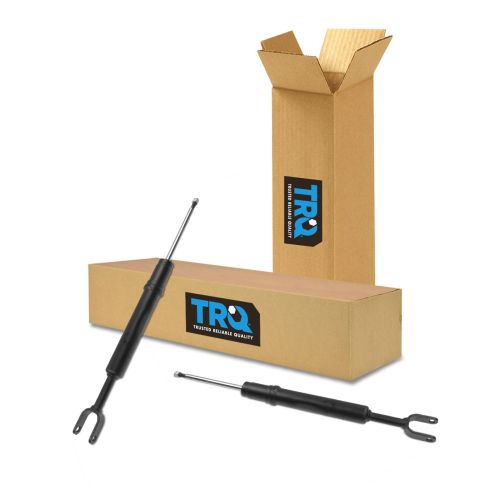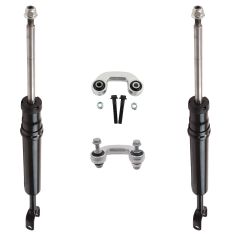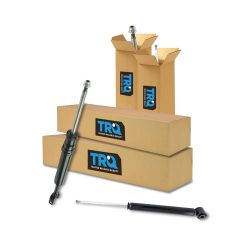1ASSP01029-Audi A4 A4 Quattro Front Driver & Passenger Side 2 Piece Shock Absorber Set TRQ SBA60411

Replaces
2001 Audi A4 without Sport Suspension Front Driver & Passenger Side 2 Piece Shock Absorber Set TRQ SBA60411

Product Reviews
Loading reviews
There are no reviews for this item.
Customer Q&A
How do i know if I have sport suspension or not?
May 18, 2016
10
If you are unsure you will have to call your dealer with your VIN and they will be able to tell you.
May 18, 2016
Derek C
Audi is a registered trademark of Audi AG. 1A Auto is not affiliated with or sponsored by Audi or Audi AG.
See all trademarks.












